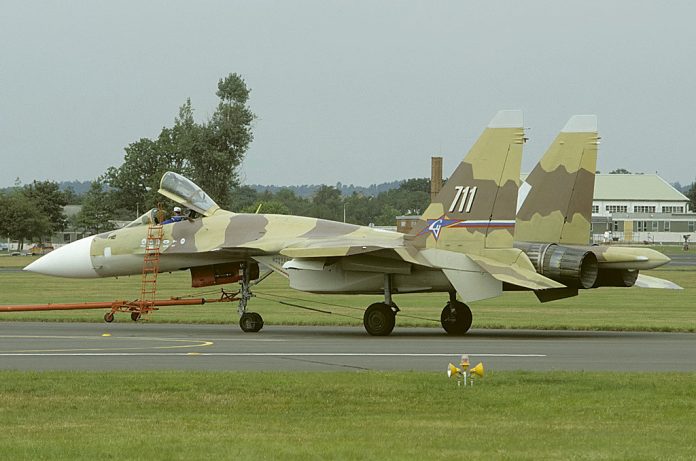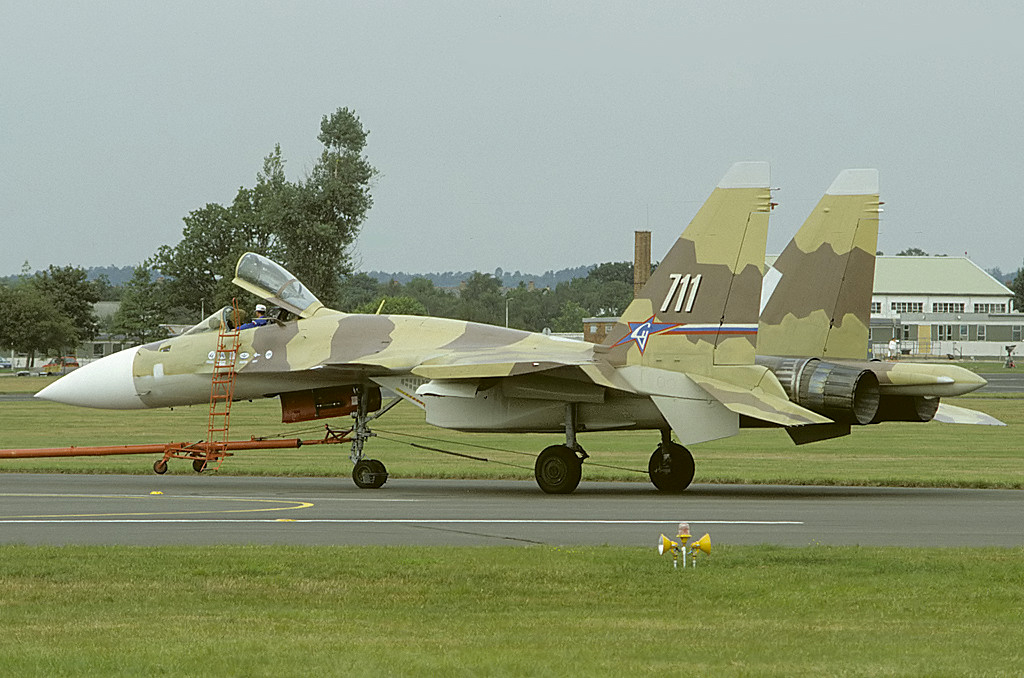
The Su-37, nicknamed the “Flying Terminator,” may have met a tragic end, but its legacy endures in the annals of Russian aviation history. Developed as a technology demonstrator, this single-seat, twin-engine marvel pushed the boundaries of aerodynamic capabilities and showcased technology that would ripple into future generations of fighter jets.
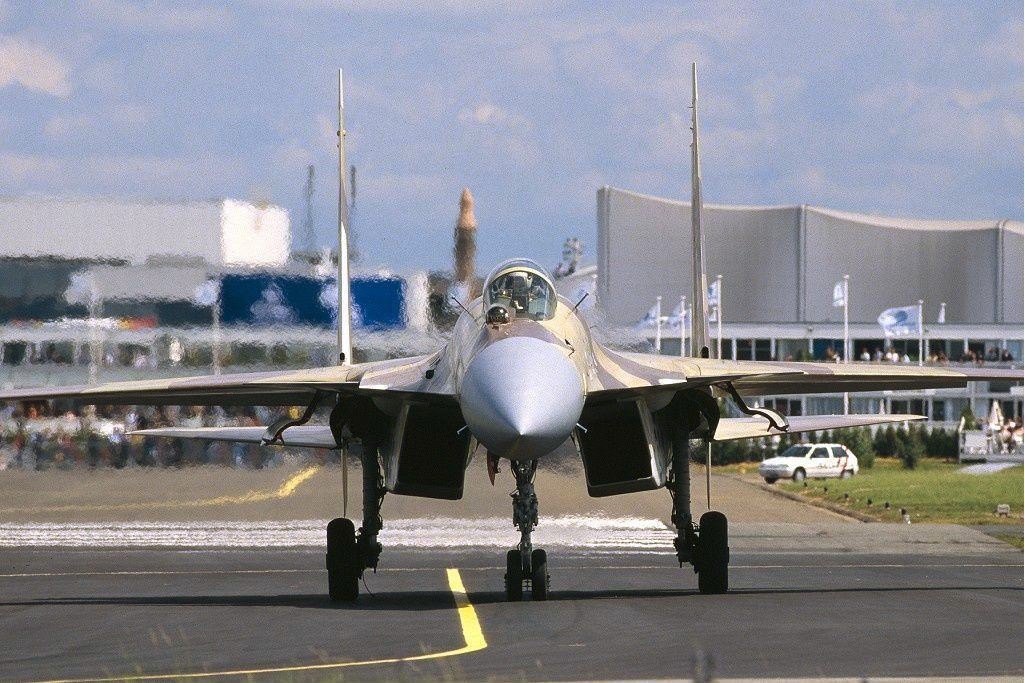
Emerging from the storied Sukhoi Design Bureau, the Su-37 was a derivative of the Su-27M aimed at enhancing the already impressive Flanker family.
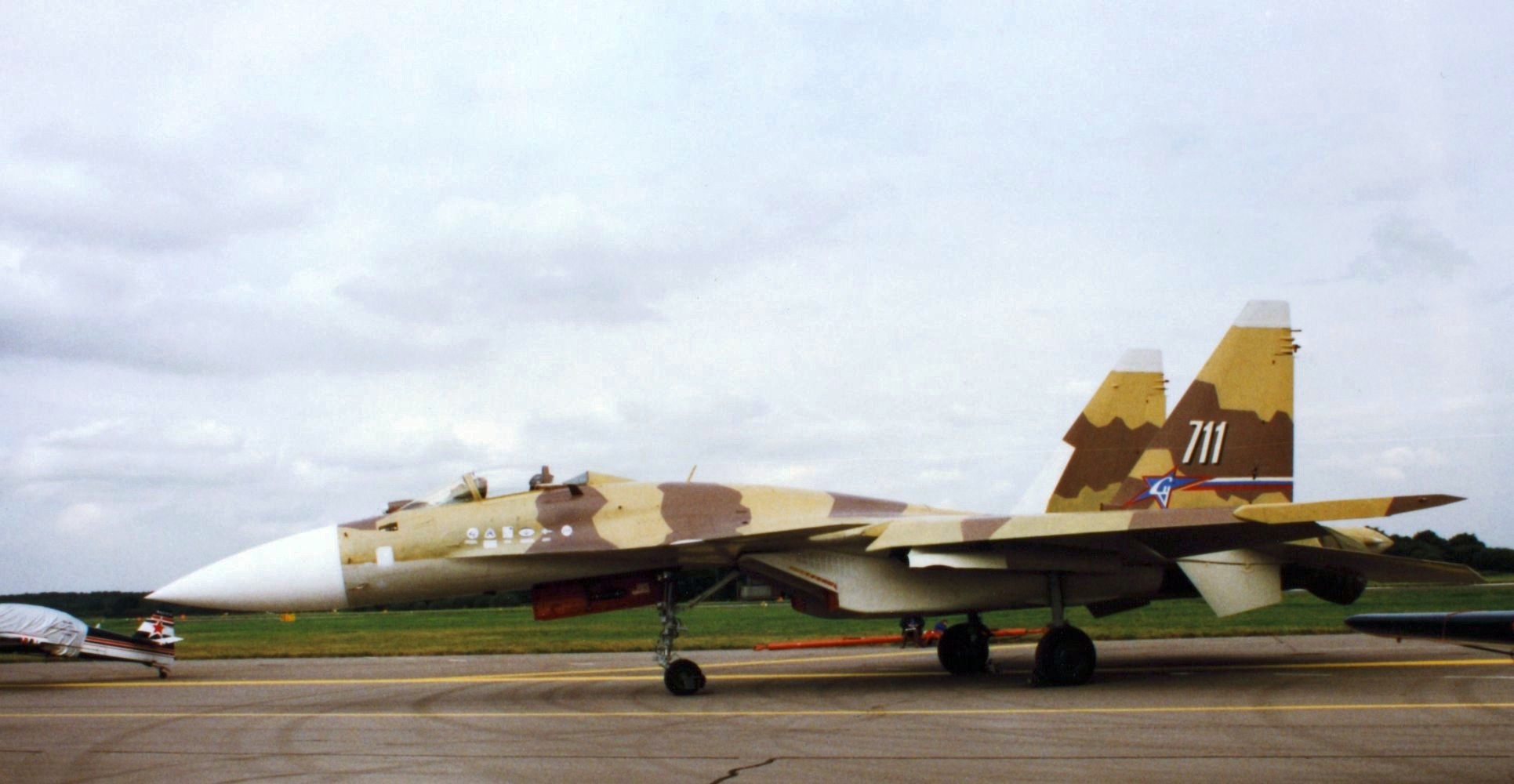
Among its numerous advanced features were experimental Lyulka-Saturn AL-31FP thrust-vectoring nozzles and the N011MBars radar system.
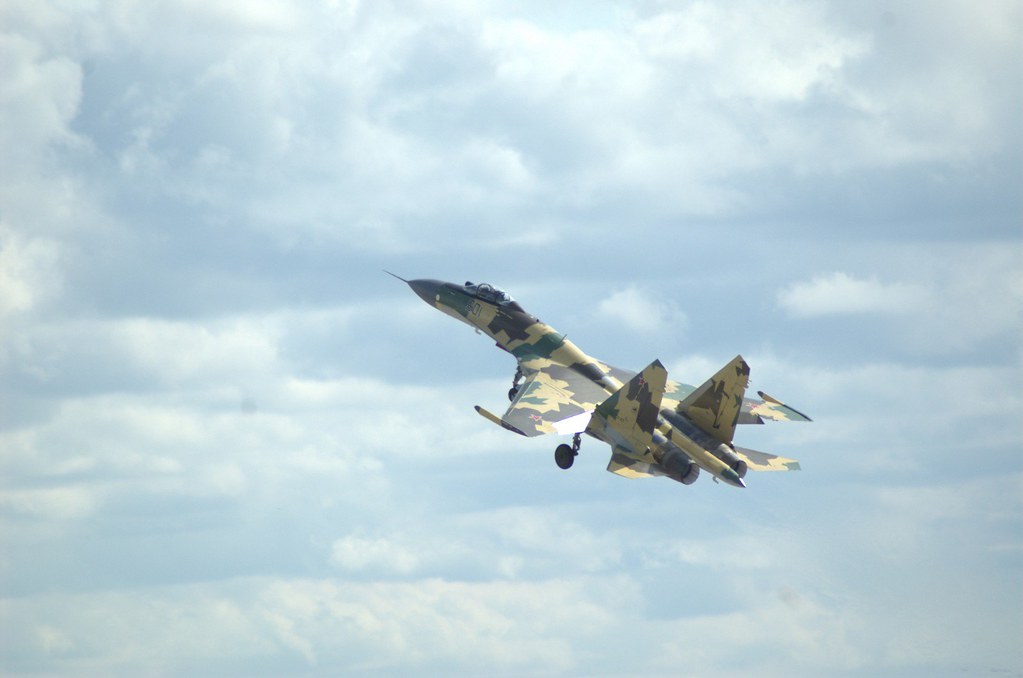
These thrust-vectoring nozzles endowed the Su-37 with superior maneuverability and the radar could track up to 20 targets simultaneously, a leap from the fifteen managed by its predecessor’s radar system.
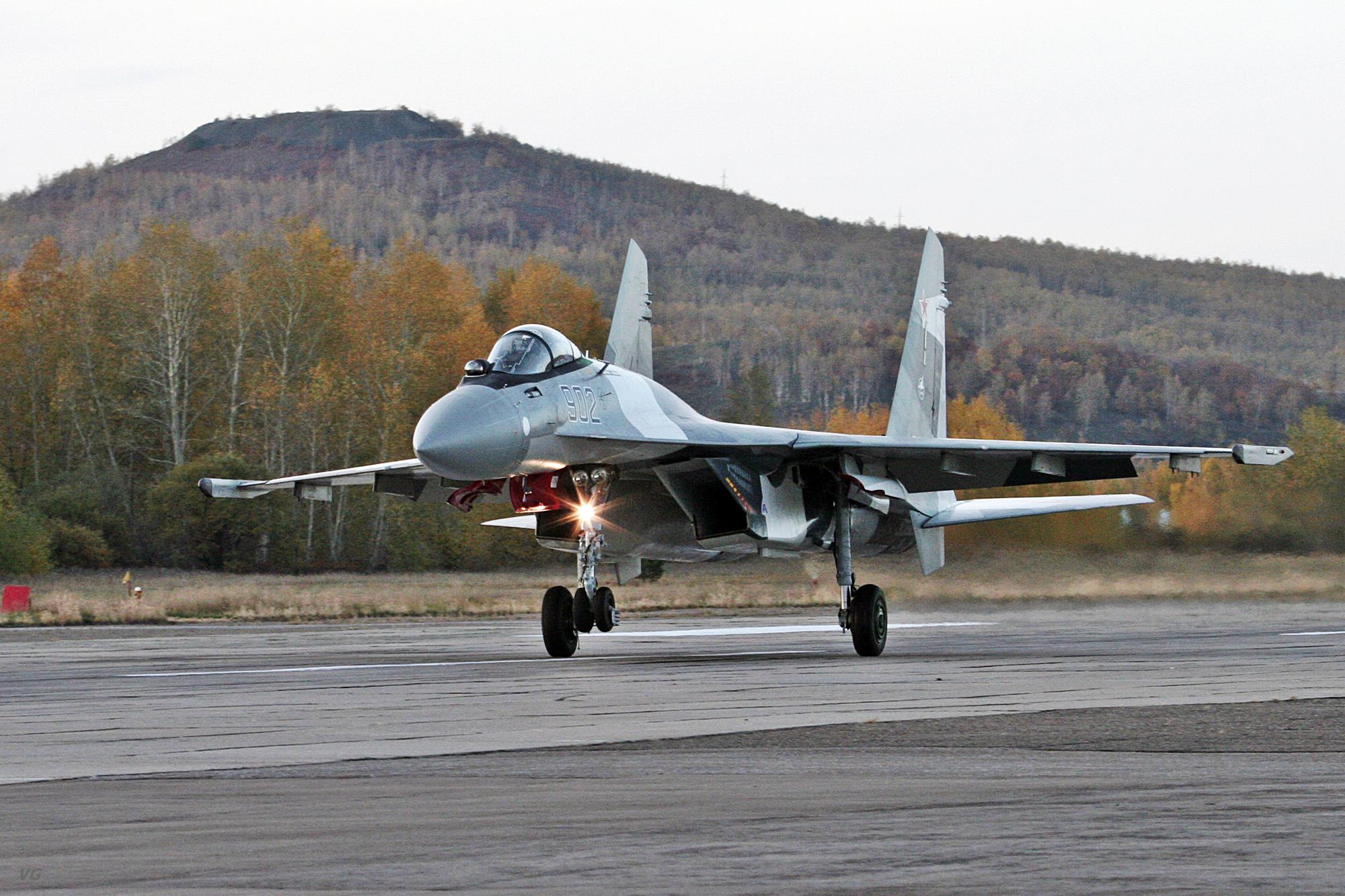
In the cockpit, pilots interfaced with a sophisticated avionics suite through four full-color LCD multi-function displays.
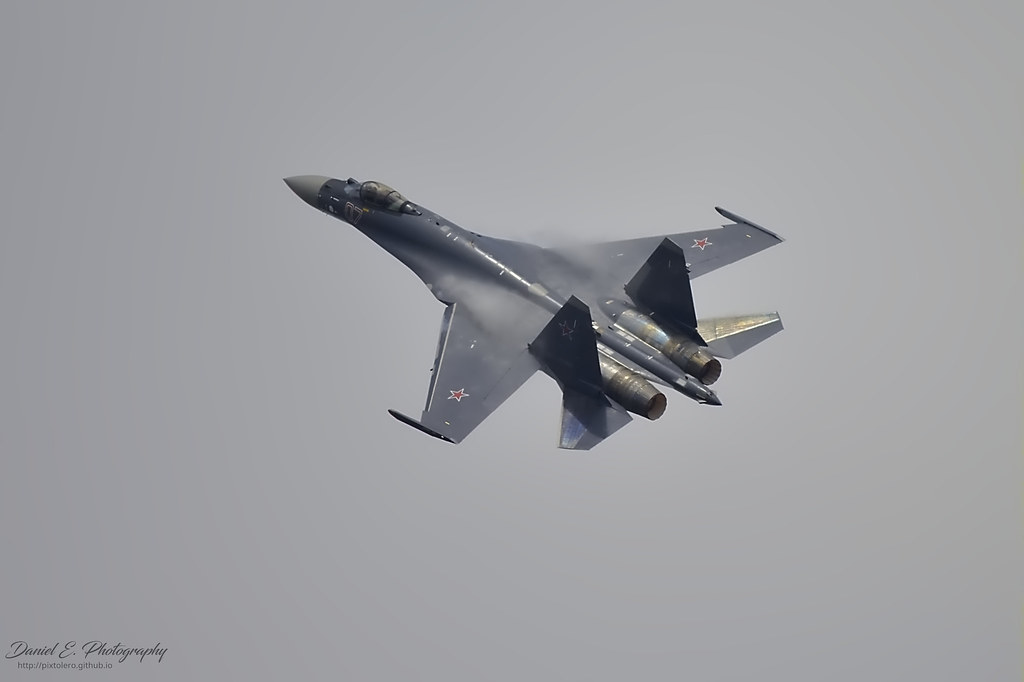
But the Su-37 wasn’t just a technological showpiece; it was a formidable dogfighter with “no angle-of-attack limitations,” which, as one expert noted, “would have made [the Su-37] an agile dogfighter.”
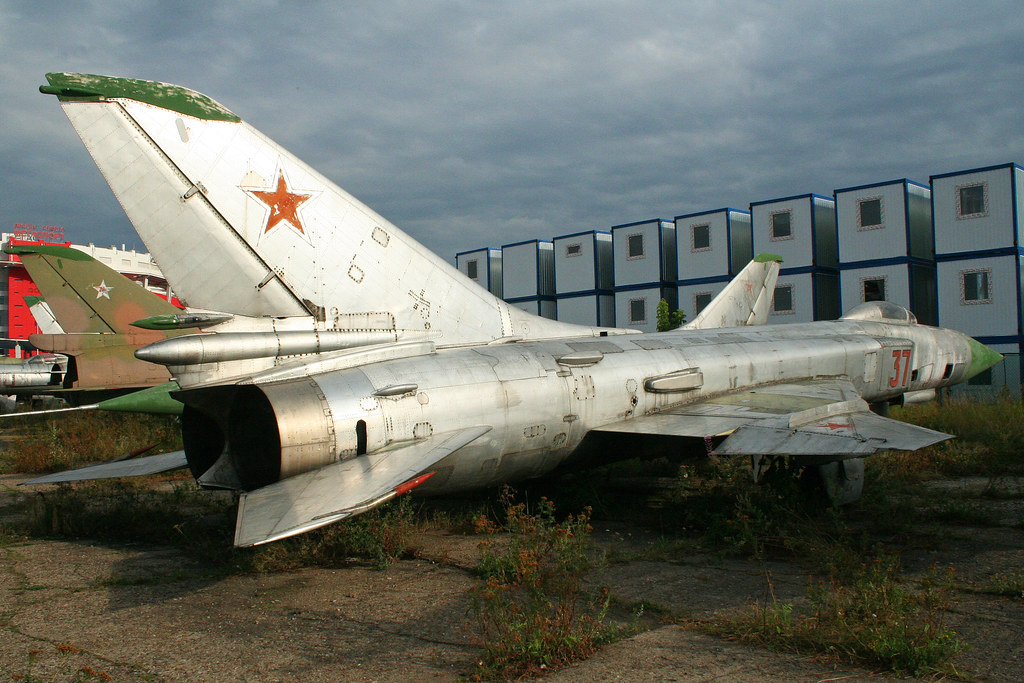
This aircraft boasted an impressive 12 external hardpoints, capable of accommodating a maximum weight of 8,000 kilograms.

Similar to numerous contemporary fighter jets, the Su-37 had the capacity to transport a diverse arsenal, including R-73E short-range missiles and R-77 missiles. With the capability to deploy radar-guided missiles, the Su-37 served not only as an adept dogfighter but also as a formidable ground-attack aircraft.
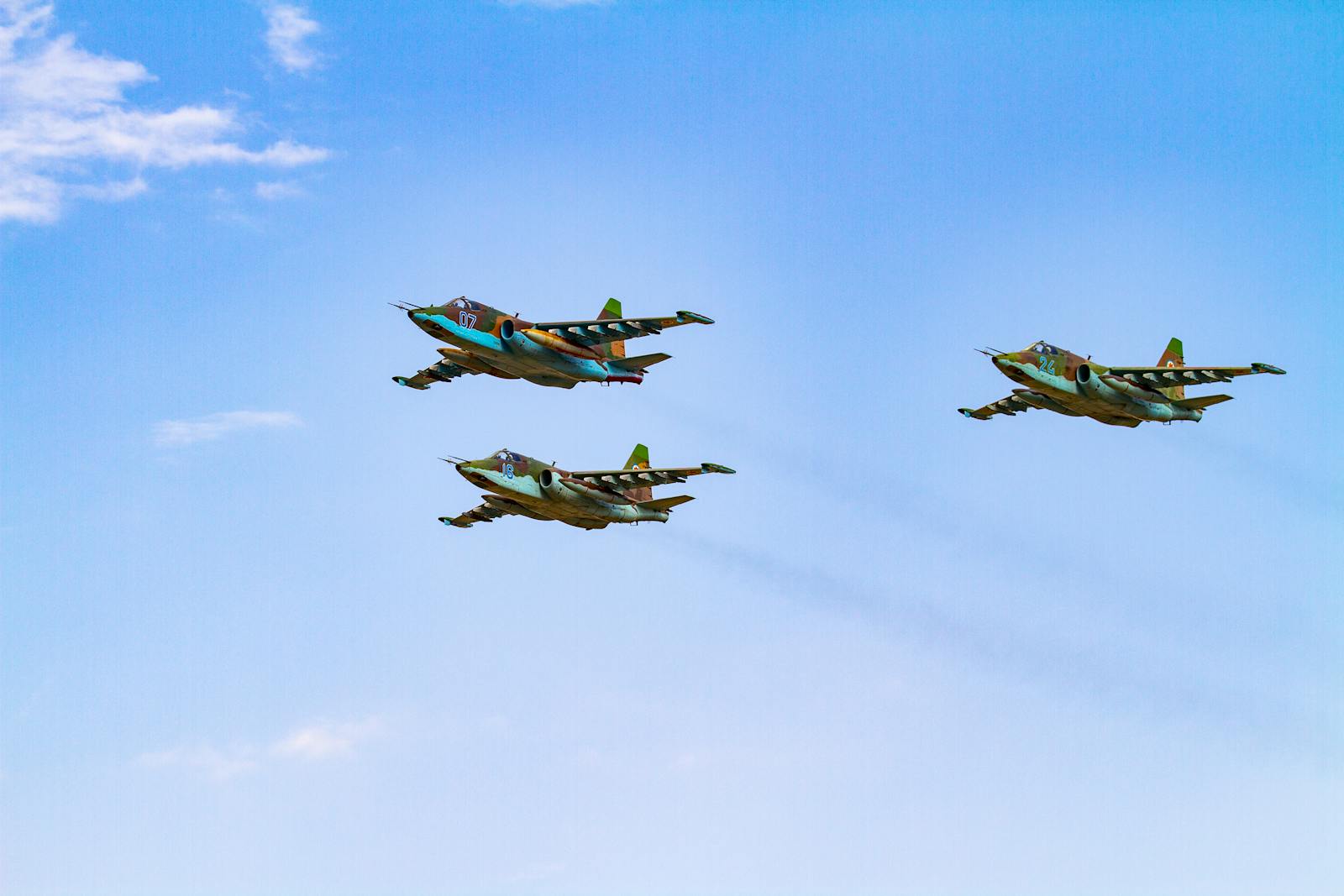
Additionally, it was stocked with 150 rounds. The aircraft also carried a fly-by-wire system and a weapons load comprising a single GSh-301 30-mm cannon.
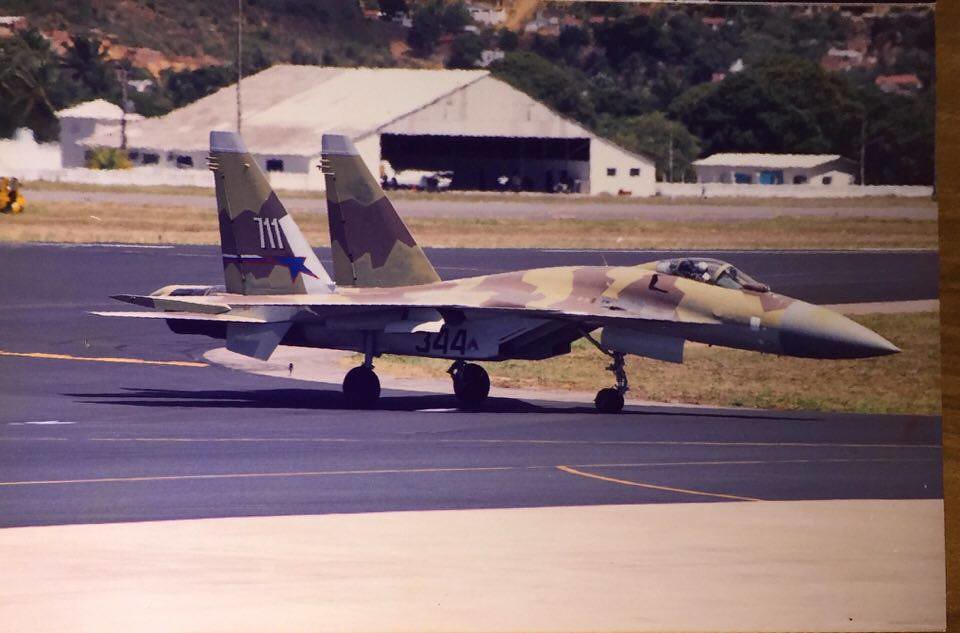
Despite the many accolades and its world-class fly-by-wire system, the Su-37 was not without its challenges. It required the best-trained pilots to handle its power and advanced capabilities.
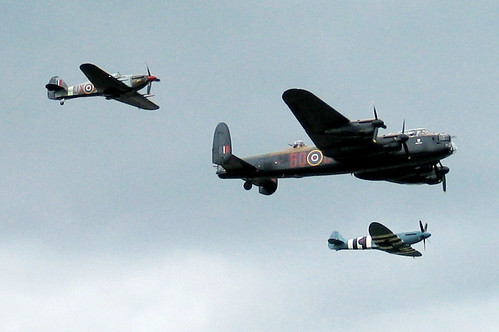
Unfortunately, its potential was never fully realized in combat as the prototype crashed in 2002 due to a software malfunction, leading to the loss of the horizontal stabilizer.
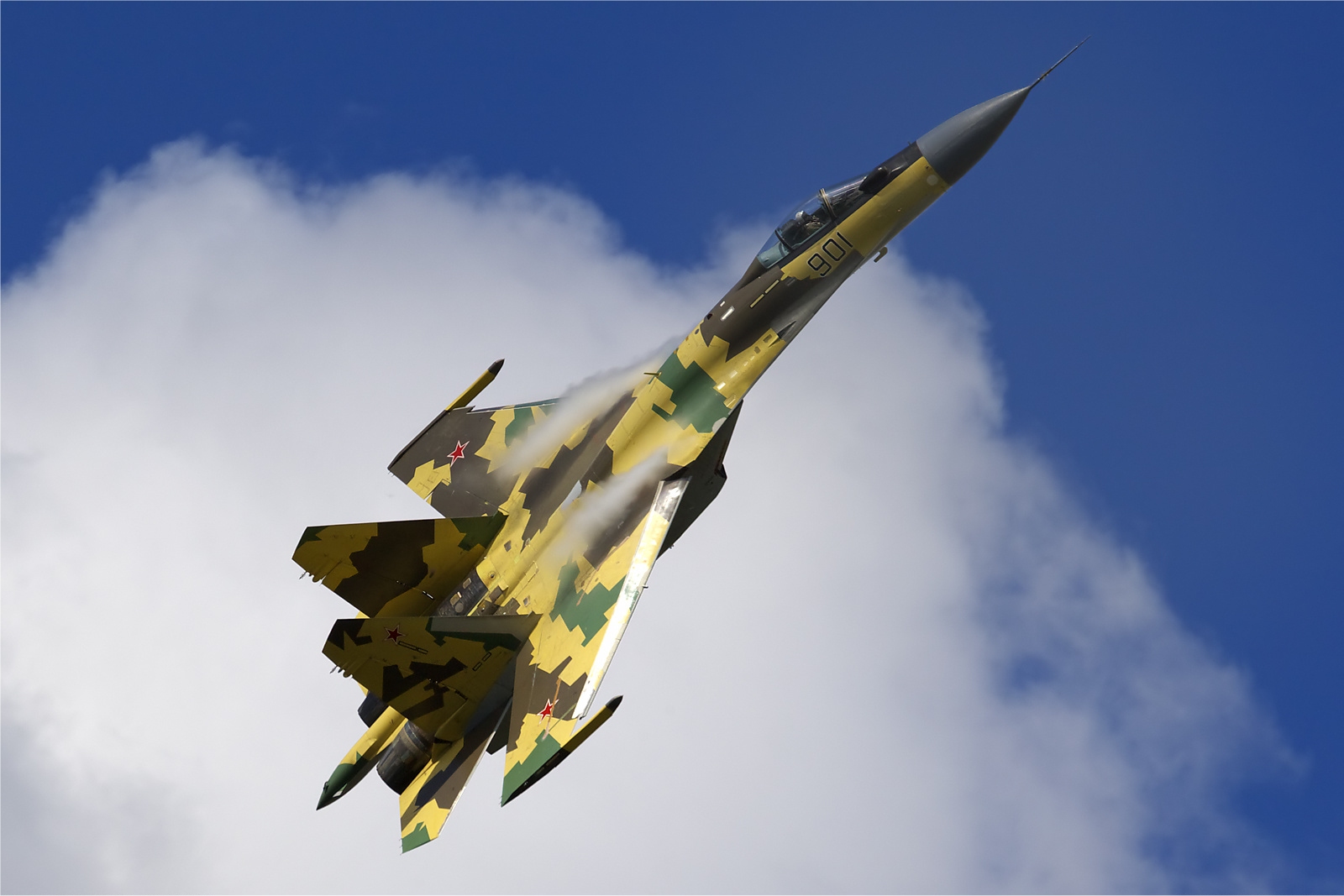
Nonetheless, the termination of the Su-37 program was not in vain. The technologies demonstrated by the aircraft laid the groundwork for other Sukhoi models.
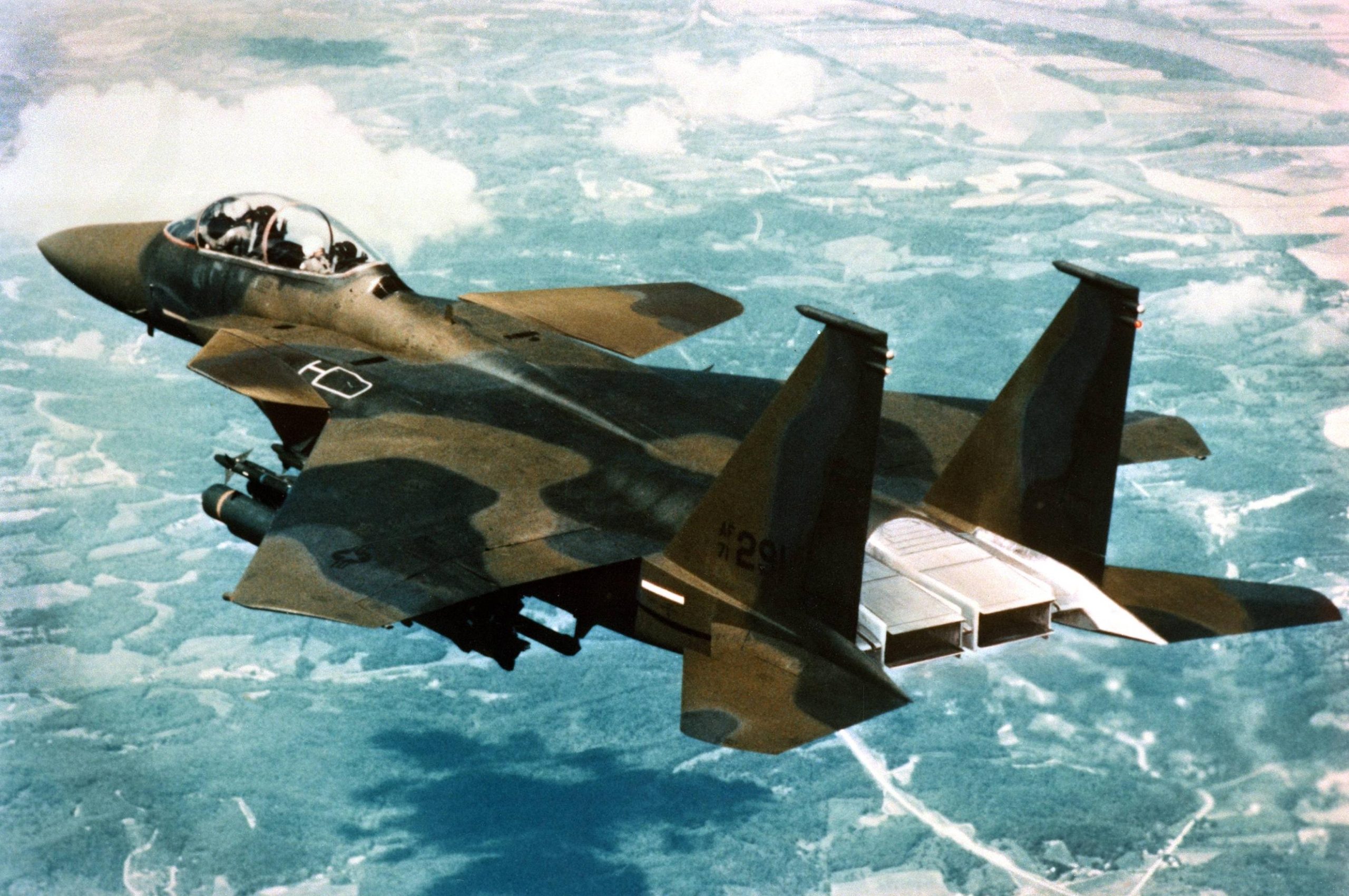
The Sukhoi Design Bureau continued to integrate the critical lessons learned from the Su-37 into its subsequent designs, contributing to the evolution of warplanes like the Su-35 and possibly even the Su-57.
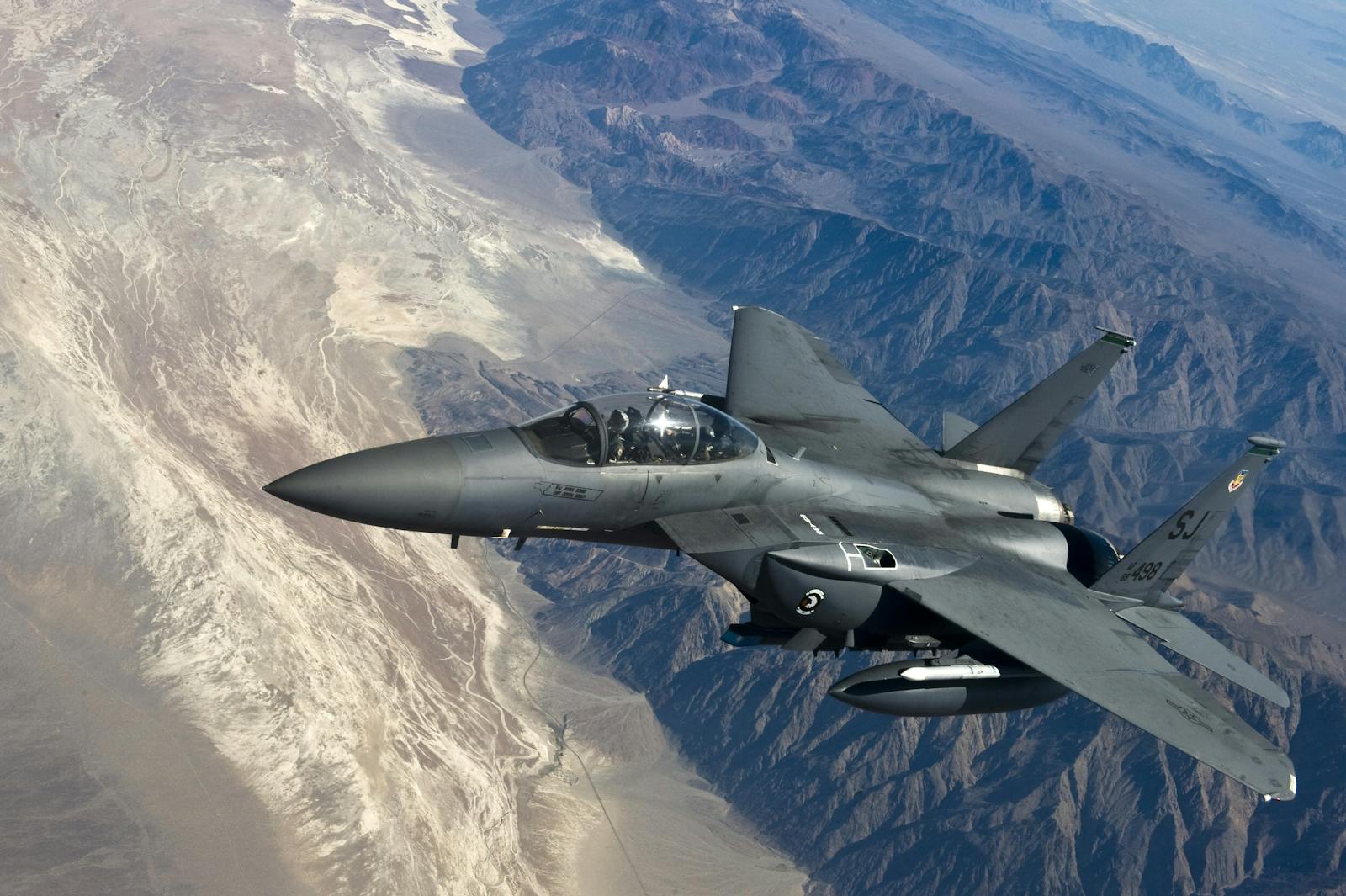
Sukhoi subsequently unveiled several upgrades to the Su-27, most notably the Su-30MKI and Su-35BM, both incorporating technologies pioneered in the Su-37.
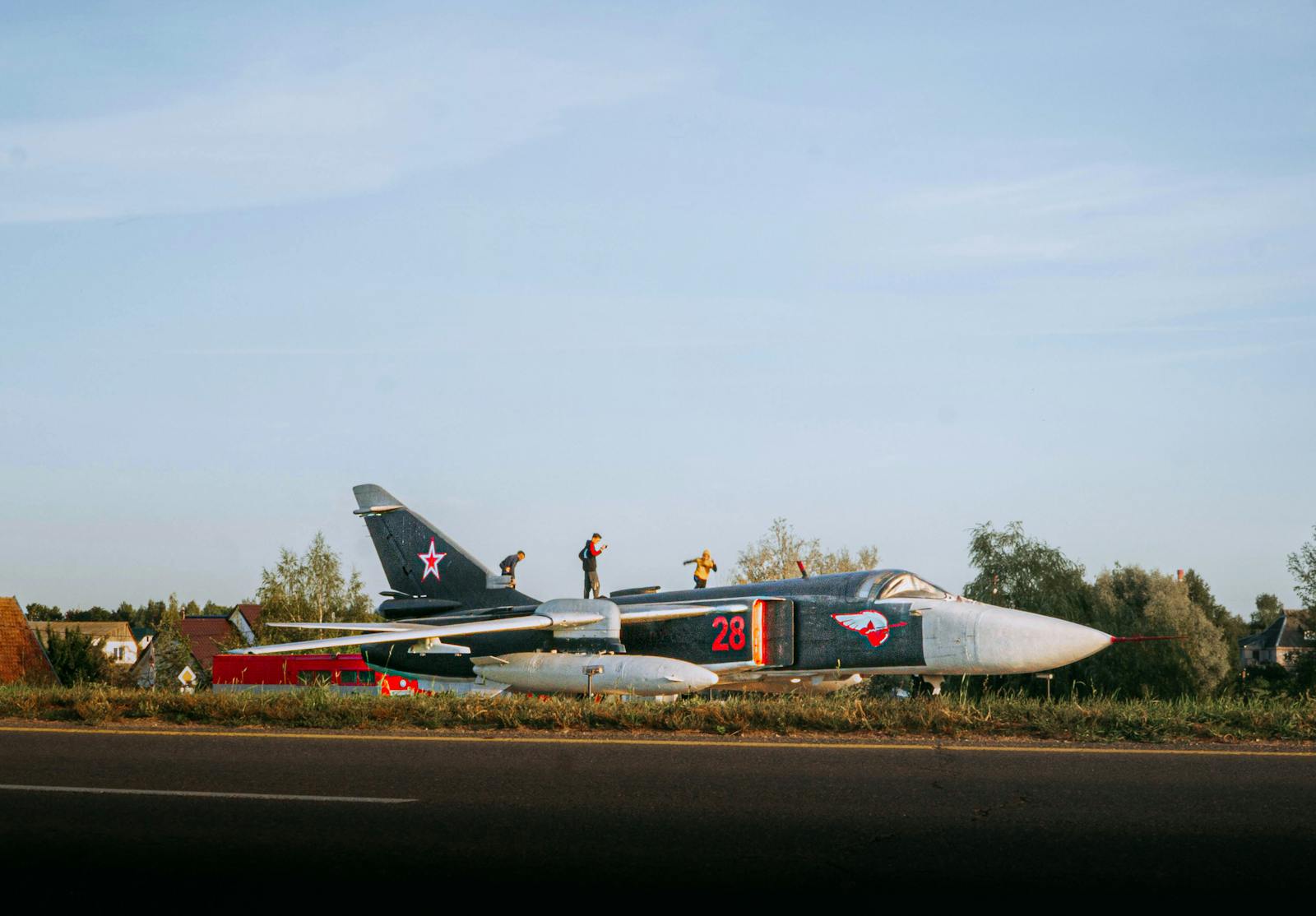
These advancements encompassed thrust vectoring engines, enhanced radar systems, and advanced avionics.
Relevant articles:
– Russia’s Su-37 Fighter was a Flying ‘Terminator’ For a Reason, The National Interest
– Sukhoi Su-37: Unraveling the Legacy of Russia’s Flying Terminator Fighter, The National Interest
– 37 Super Flanker “Terminator”, Google Sites
– Sukhoi Su-37 Terminator, Secret Projects Forum
